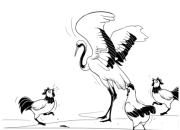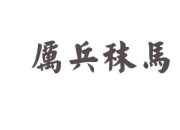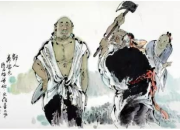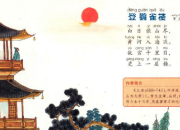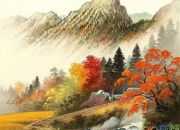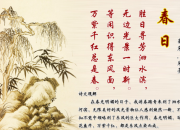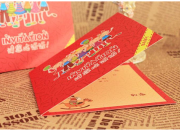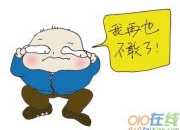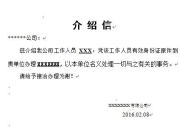介绍北京的英语作文
时间:2021-08-31People native to urban Beijing speak the Beijing dialect, which belongs to the Mandarin subdivision of spoken Chinese. Beijing dialect is the basis for Standard Mandarin, the language used in the People's Republic of China, the Republic of China on Taiwan, and Singapore. Rural areas of Beijing Municipality have their own dialects akin to those of Hebei province, which surrounds Beijing Municipality.
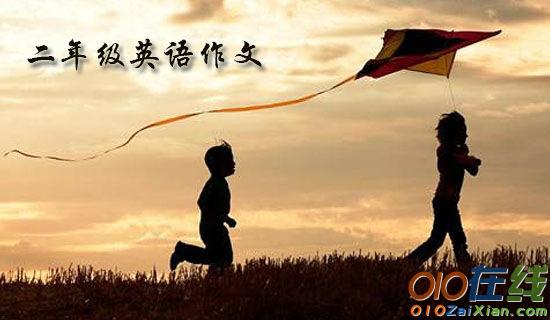
Beijing Opera, or Peking Opera (Jingju), is well-known throughout the national capital. Commonly lauded as one of the highest achievements of Chinese culture, Beijing Opera is performed through a combination of song, spoken dialogue, and codified action sequences, such as gestures, movement, fighting and acrobatics. Much of Beijing Opera is carried out in an archaic stage dialect quite different from modern Standard Mandarin and from the Beijing dialect; this makes the dialogue somewhat hard to understand, and the problem is compounded if one is not familiar with Chinese. As a result, modern theaters often have electronic titles in Chinese and English.
A hutong in eastern Beijing near Dongsishitiao. In this March 2003 photo the left side was still standing, but it has since given way to new construction.The Siheyuan is a traditional architectural style of Beijing. A siheyuan consists of a square housing compound, with rooms enclosing a central courtyard. This courtyard often contains a pomegranate or other type of tree, as well as potted flowers or a fish tank. Siheyuans line Hutongs , or alleys, which connect the interior of Beijing's old city. They are usually straight and run east-to-west so that doorways can face north and south for Feng Shui reasons. They vary in width — some are very narrow, enough for only a few pedestrians to pass through at a time.
Once ubiquitous in Beijing, siheyuans and hutongs are now rapidly disappearing, as entire city blocks of hutongs are leveled and replaced with high-rise buildings. Residents of the hutongs are entitled to apartments in the new buildings of at least the same size as their former residences. Many complain, however, that the traditional sense of community and street life of the hutongs cannot be replaced. Some particularly historic or picturesque hutongs are being preserved and restored by the government, especially for the 2008 Olympics. One such example can be seen at Nanchizi.
Mandarin cuisine is the local style of cooking in Beijing. Peking Roast Duck is perhaps the most well-known dish. The Manhan Quanxi ("Manchu-Han Chinese full banquet") is a traditional banquet originally intended for the ethnic-Manchu emperors of the Qing Dynasty; it remains very prestigious and expensive.
Teahouses are also common in Beijing. Chinese tea comes in many varieties and some rather expensive types of Chinese tea are said to cure an ailing body extraordinarily well.
The Jingtailan is a cloisonné metalworking technique and tradition originating from Beijing, and one of the most revered traditional crafts in China. Beijing lacquerware is well known for the patterns and images carved into its surface.
The Fuling Jiabing is a traditional Beijing snack food, a pancake (bing) resembling a flat disk with filling, made from fu ling (Poria cocos (Schw.) Wolf, or "tuckahoe"), an ingredient common in traditional Chinese medicine.
[edit] Stereotypes
Beijingers are stereotypically held by other Chinese to be open, confident, humorous, majestic in manner, enthusiastic about politics, art, culture, or other "grand" matters, unconcerned with thrift or careful calculation, and happy to take center stage. They are also stereotypically aristocratic, arrogant, laid back, disdainful of "provincials", always "lording it over others", and strongly conscious of social class. These stereotypes may have originated from Beijing's status as China's capital for most of the past 800 years, and the high concentration of officials and other notables in Beijing that has resulted.

